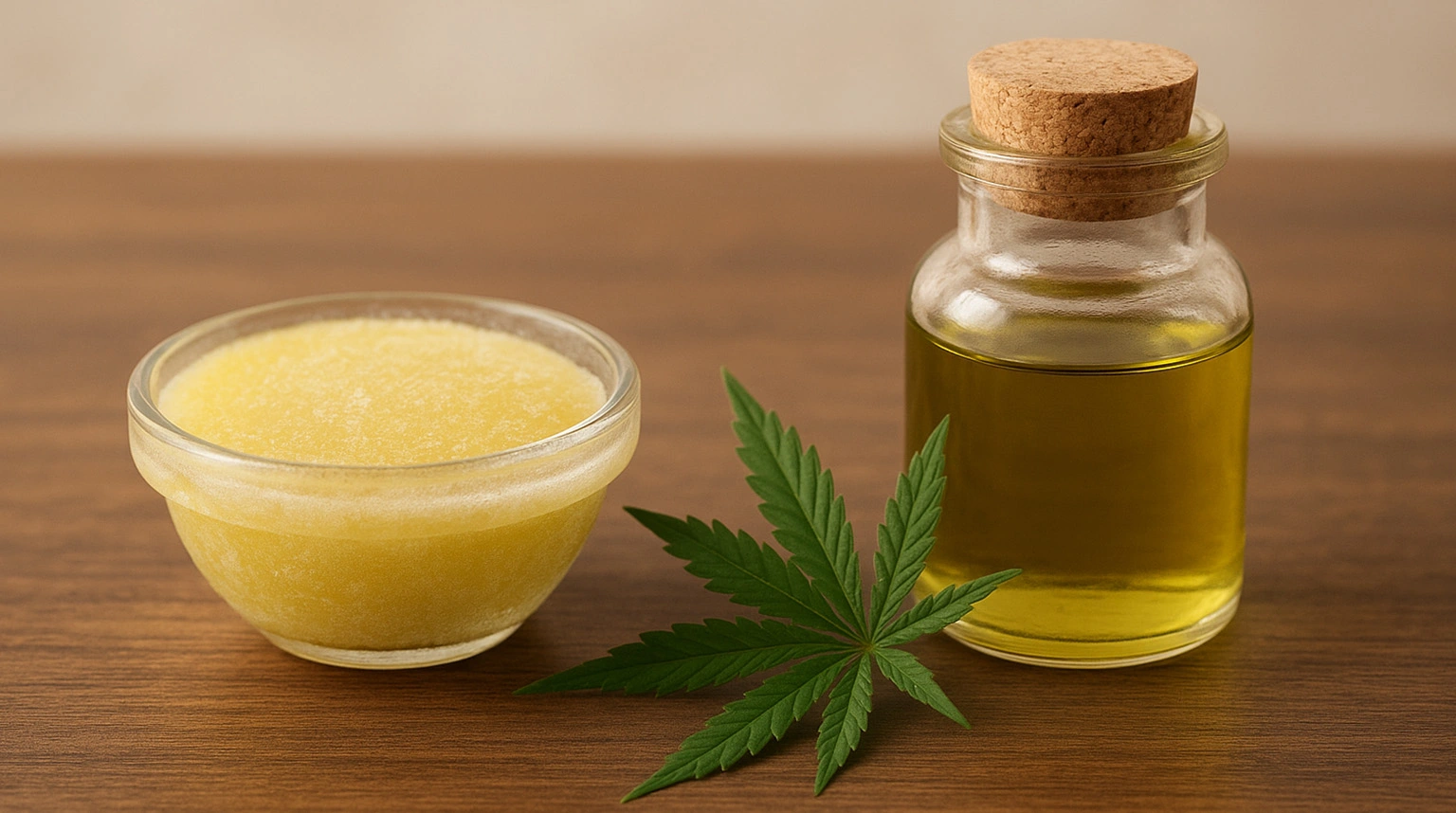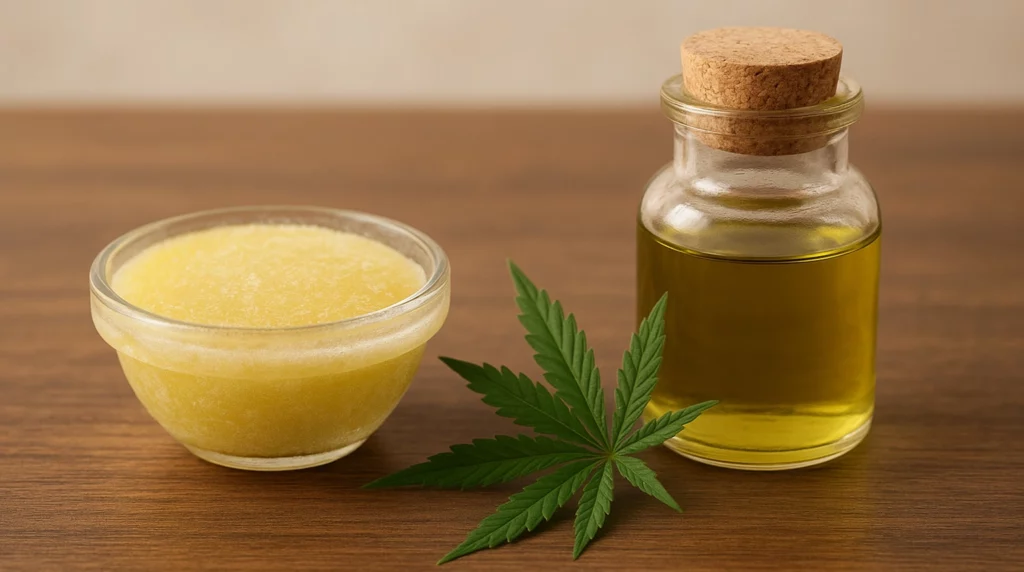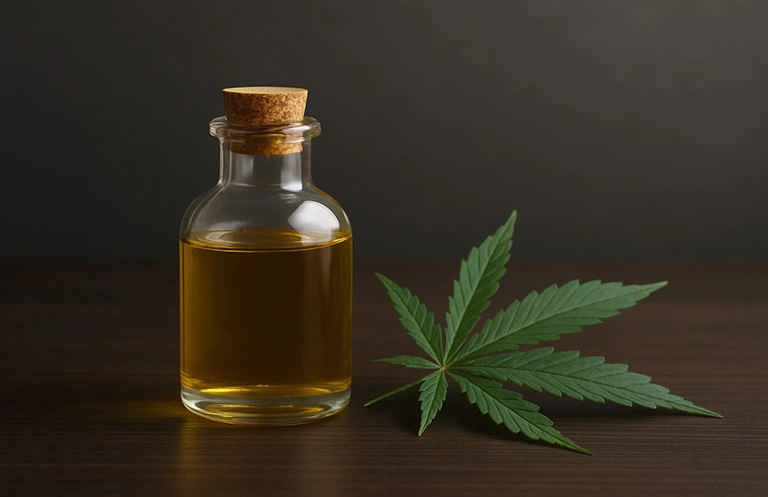It started with a cake. You wanted to bake a classic brownie, infused and mellow. You Googled how to make edibles, and suddenly: two paths. Butter or oil. One green, one gold. Both promising potency, both requiring decarb. But what’s actually the difference — and when does it matter?
The Core Concept: Fat is the Vehicle
THC, CBD, and most cannabinoids are fat-soluble. They don’t mix well with water, but they bond beautifully with lipids. That’s why we don’t just toss raw flower into recipes. We decarboxylate to activate the cannabinoids, then infuse them into fat — and the fat becomes our edible foundation.
The two most common fats? Butter and oil.
Cannabutter: Classic, Rich, Temperamental
Best for: baking, sweet recipes, low-heat cooking
CannaButter is what most people encounter first. It carries the nostalgic flavor of cookies and brownies, and it blends well with batters and doughs.
- Pros: Tasty, emulsifies well in baking, solid at room temp
- Cons: Low smoke point, short shelf life, not vegan
Because it’s dairy-based, cannabutter requires refrigeration and has a limited storage window. It also burns easily, so it’s not ideal for sautéing or frying.
Flavor note: Butter absorbs terpenes more fully than oil, which can lead to richer, more herbal notes — sometimes great, sometimes overpowering.
CannaOil: Versatile, Stable, Vegan-Friendly
Best for: savory dishes, capsules, high-heat cooking, long-term storage
CannaOil is typically made with coconut oil, olive oil, or MCT oil. It offers more flexibility in recipes — and it’s shelf-stable if stored properly.
- Pros: Higher smoke point, long shelf life, vegan, easy to dose
- Cons: Can separate in baked goods, oily mouthfeel in some recipes
Coconut oil in particular is popular because it has a high saturated fat content — great for cannabinoid binding. MCT oil is favored for tinctures or microdoses.
Real Application: When to Use Which
- Baking a cake? Go with cannabutter for texture and taste.
- Infusing salad dressing? Olive-based cannaoil keeps things smooth.
- Making capsules or skin salves? Cannaoil all the way.
- Need a vegan edible? Skip the butter.
- Want to make ghee-based golden milk? You can clarify cannabutter or use coconut oil for a dairy-free twist.
Tweakables & Community Wisdom
- Some users blend both: butter for richness, oil for stability.
- Clarified butter (ghee) offers a longer shelf life and higher smoke point than regular butter.
- Decarb matters equally for both — without it, your infusions are inactive.
Want to learn the precise way to decarb using the NOIDS Herb Cooker? See our guide on decarboxylation.
Storage Tips
- Cannabutter: refrigerate up to 2 weeks, freeze up to 6 months
- CannaOil: store in a cool, dark place; lasts up to 3 months
Label with date and dosage. Trust us — your future self will thank you.
Wrap-Up: It’s Not a Battle — It’s a Palette
Butter vs oil isn’t a competition. It’s a toolkit. The best one depends on what you’re cooking, who you’re serving, and how you want it to feel. With both in your arsenal, you’ve got range.










